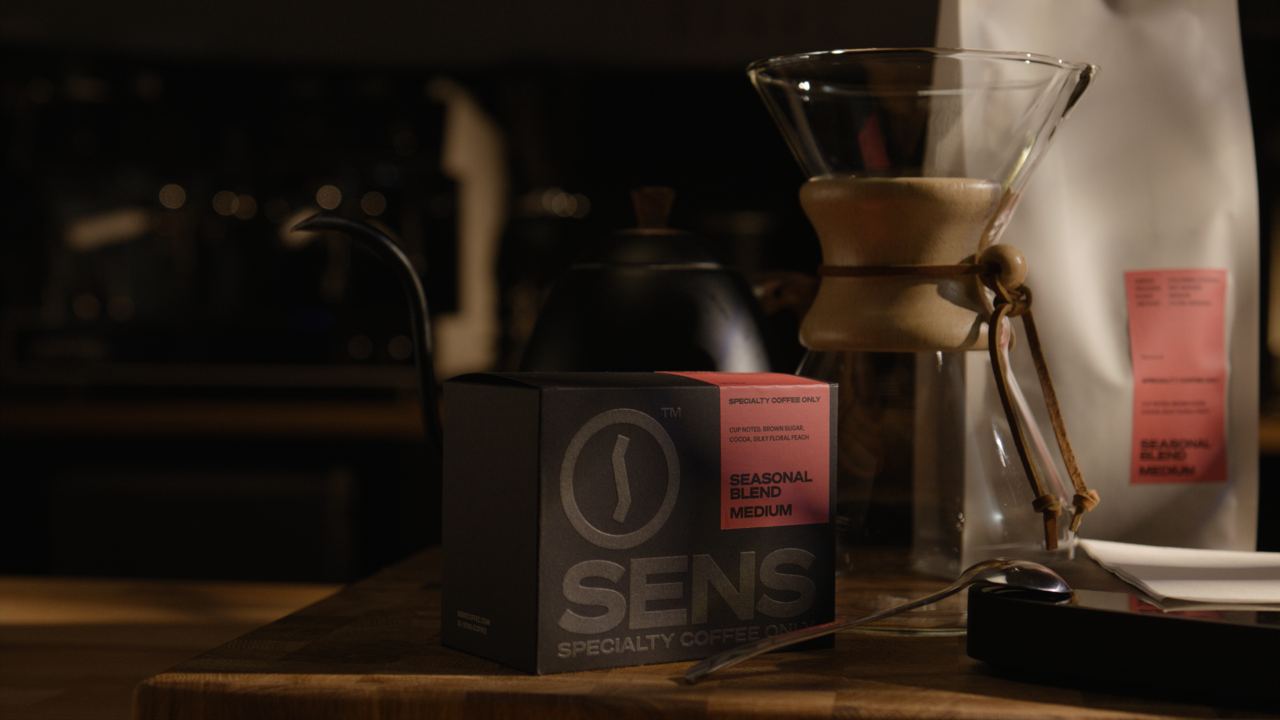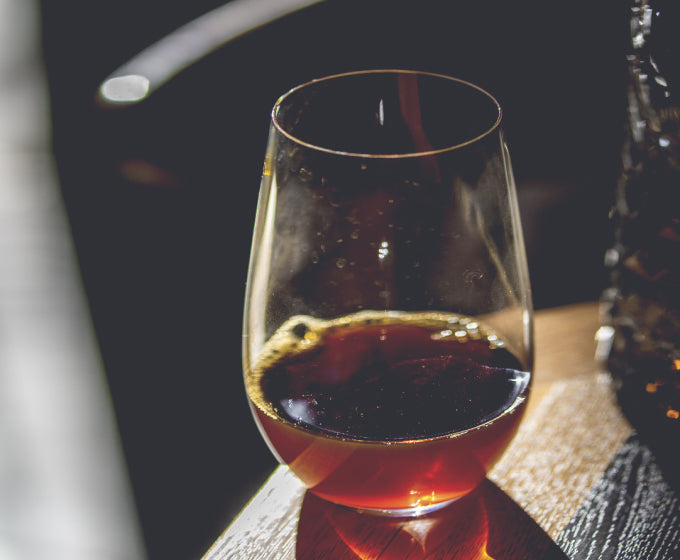22 January 2025
Oil and base metals faced renewed pressure as tariff threats from the United States raised concerns across global markets.
In the energy sector, the focus is shifting from sanctions on Russia to potential trade policies under President Trump. Brent crude fell below $80 per barrel as the president reiterated his threat to impose a 25 percent tariff on imports from Canada and Mexico by February 1. Additionally, overnight comments about a potential 10 percent tariff on imports from China in response to fentanyl-related issues have contributed to the downward pressure on oil prices during early Asian trading. Trade tensions and the risk of retaliatory measures continue to be significant factors influencing the market.
The European natural gas market saw a sharp increase, with TTF prices rising by more than 4.5 percent to exceed €50/MWh, the highest level since the start of 2025. This was driven by an outage at the Freeport LNG export terminal in the United States, which remains shut due to power issues amid freezing weather. The facility, which has a capacity of over 20 bcm, has added further strain to the European market as the region works to offset reduced Russian pipeline flows. EU gas storage levels have dropped to 59 percent, and efforts to maintain storage above the European Commission’s target of 50 percent by February 1 remain a priority. Germany is reportedly considering subsidies to encourage gas storage refills ahead of the 2025/26 winter, although the TTF forward curve shows little incentive for players to store gas at current prices.
In metals, base prices fell as President Trump announced plans to impose tariffs of up to 25 percent on imports from Mexico and Canada by February 1. The president also mentioned the possibility of universal tariffs on all imports but indicated he was not ready to implement them immediately. These developments have raised concerns about the potential for renewed global trade conflicts, increasing downside risks for industrial metals markets.
In agriculture, Brazil’s agriculture agency, CONAB, lowered its coffee production estimates for the 2024/25 season due to adverse weather conditions at the end of 2023. Total coffee output is now expected to decline by 1.6 percent year-on-year to 54.2 million bags, down from an earlier estimate of 54.8 million bags. Arabica production estimates were largely unchanged at 39.6 million bags, up 1.8 percent from last season. However, robusta production estimates fell to 14.6 million bags, representing a 9.6 percent year-on-year decline. Market attention is now focused on the 2025/26 crop, with concerns growing over the impact of dry weather throughout 2024.
Soybean production in Brazil is expected to rise significantly. The Brazilian Association of Vegetable Oil Industries (ABIOVE) projects a 11.9 percent year-on-year increase to 171.7 million metric tons in 2025, up from a previous forecast of 168.7 million metric tons. Soybean exports for 2025 are estimated at 106.1 million metric tons, while ending stocks for 2024 have declined by 22 percent to 3.6 million metric tons.
Across commodities markets, the growing threat of tariffs and geopolitical risks continue to drive volatility, with potential long-term impacts on supply chains and global trade dynamics.






